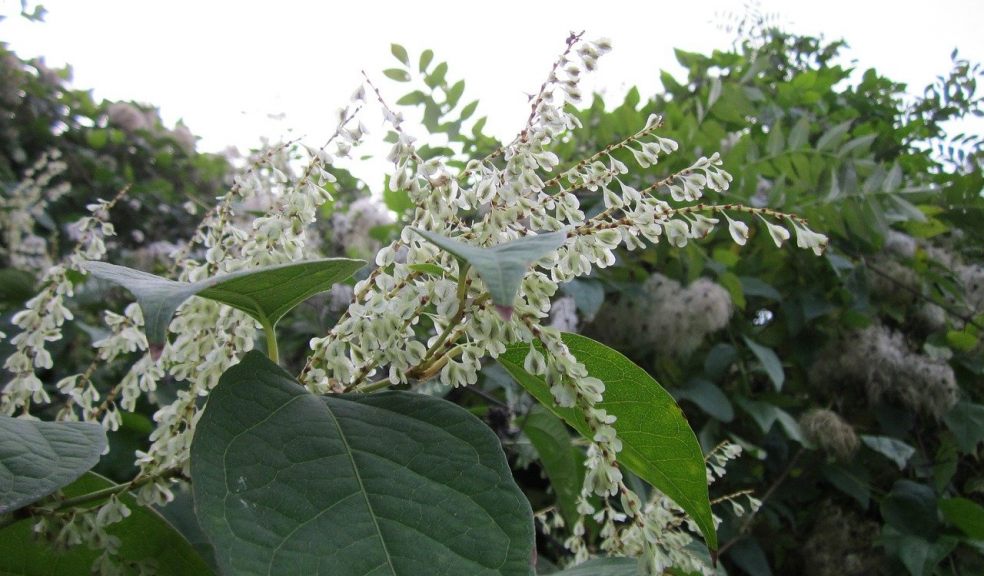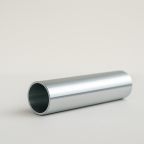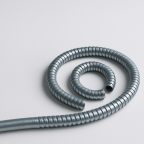
What to Know About Japanese Knotweed
Also called the Godzilla weed or Polygonum Cuspidatum, in the scholar’s tongue, Japanese Knotweed is one of the most invasive plants known to gardeners. If you have ever tried to get rid of this weed on your lawn, you are probably fully aware of the monstrous tenacity of this ruddy weed. Believe it or not, this brute herb will grow right through solid concrete masonry, if so inclined.
As you can imagine, eradicating this plant from your property is no small task, but it can be done. It will often take a sequence of attempts to fully accomplish the task, but if you are persistent, your efforts will be rewarded. Here is some advice from environetuk.com on the matter.
What Is Japanese Knotweed?
As an herbaceous perennial plant, Japanese Knotweed will sprout in the spring, flower in the summer, go to seed in the fall and die in the winter. It can also grow to a height of 8ft and spread prolifically in great bushes. The leaves are a medium shade of green and the flowers that appear in the late summer are small and whitish-green.
Identifying Japanese Knotweed
As a member of the buckwheat family, Japanese Knotweed prefers sunny areas with a lot of moisture, like riverbanks, lawns, gardens and roadsides. This weed arrived in the UK from Japan and then travelled to North America as part of a landscaping adornment. But the trouble was soon apparent. The weed spread like the plague.
The good news is that Japanese Knotweed doesn’t find a home in forested areas, it needs the abundant sunlight and sandy or crumbly soil found in places already invaded by humans.
When to Remove Japanese Knotweed
The best time to launch an assault on the Japanese knotweed invading your property depends largely on the strategy you are employing on the attack. Serious infestations will require sequential assaults.
Smothering — can be done in the Spring
Cutting — is best anytime throughout the summer
Digging — can also be done any time, but best before the smothering in spring.
Herbicide — should be applied in Summer or fall
How to effectively eradicate Japanese knotweed
What You'll Need
- Equipment / Tools
- Garden sprayer
- Rocks or other weights
- Tarps
- Pruners
- Rake
- Plastic garbage bags
- Shovel
- Herbicide
- Materials
- Instructions
Using Tarps To Control the Invasion
By covering the ground with a thick tarp, the Japanese Knotweed is smothered and unable to grow. The best time to do this is in the spring at the beginning of the growing season.
Prepare the Affected Area
Prepare the edges by cutting down the mature canes and removing debris. Cut the canes especially low as their sharp edges tend to poke through the tarp.
Cover the Area with Tarps
You will want to cover the entire area and then a little more with tarps and make sure they have plenty of overlap to ensure that sunlight is not allowed to penetrate even a small amount. Then, weight the tarps down with large rocks to ensure that the tarps don’t blow away in a strong breeze.
Trample Any New Shoots
As new shoots come through the will begin to push upwards against the tarp, you can deal with this by tromping down on them. There will not be much growth like this as the tarps will be killing off most of the knotweed.
Leave the Tarps
You will need to leave these tarps in place for a long time to ensure that everything below is completely eliminated. In the meantime, you can use the tarped area to do some container gardening.
Cutting Japanese Knotweed
The plague of Japanese knotweed can be suppressed, but not effectively eradicated by cutting it back. For best results, this technique should be used with other techniques to eliminate the problem.
Cut the Plant Down
You will want to cut the plant down at the beginning of the growing season and this will prevent it from reaching photosynthesis needed for growth.
Gather the Cuttings
The cuttings themselves can sprout into new weeds so collect them and place them all within a plastic bag don’t leave them around on the soil.
Repeat With New Shoots
As new shoots begin to spring up, deal with them in the same way, make this a weekly task.
Digging Up Japanese Knotweed
Another option will be to dig up the ground around where the weed is sprouting up most prolifically. This should also be used in conjunction with other methods of Japanese knotweed management.
Find the Rhizome Clumps
Locate the Rhizome clumps, which are underground stems that shoot off roots and new plants. These can actually grow to be over a foot across in a more mature Japanese knotweed cluster.
Bag Rhizomes for Disposal
You will need to excavate the entire rhizome clump as even a small portion can sprout new life and another invasion. Finally, bag up the clumps and throw them away.
Using Herbicide to Kill Japanese Knotweed
There are always the chemical tactics that can be unleashed on your property. Herbicides can even be effective to a certain degree. But they might not be worth the risk they pose to the health of home residents especially children and pets. Furthermore, Herbicides have a tendency for overkill and can harm other plants and ecosystems in the vicinity.
Select a Weed Killer
Choose your poison wisely, make sure it is effective against Japanese knotweed and not going to do much more damage than that. Also, pay special attention to the usage and warning labels.
Tips for Removing Japanese Knotweed
For best results it is a good idea to use a combination of specially timed attacks on the Japanese knotweed menace. For example, at the beginning of the year cut down everything and lay down tarps over the affected area for the next few months. You can continue to apply cutting and/or herbicide to the perimeter of the tarp coverings. At the end of summer or early fall, remove the tarps and dig up all the rhizome clusters you can find, bag’m and dump’m -- and be extra thorough, too.
Return the tarps to their places and leave them there over the next few winter months. In the spring, the results of your well-timed efforts can be inspected and evaluated — if all went well, your Japanese knotweed problem should be solved. If not, the cycle can continue as needed.













